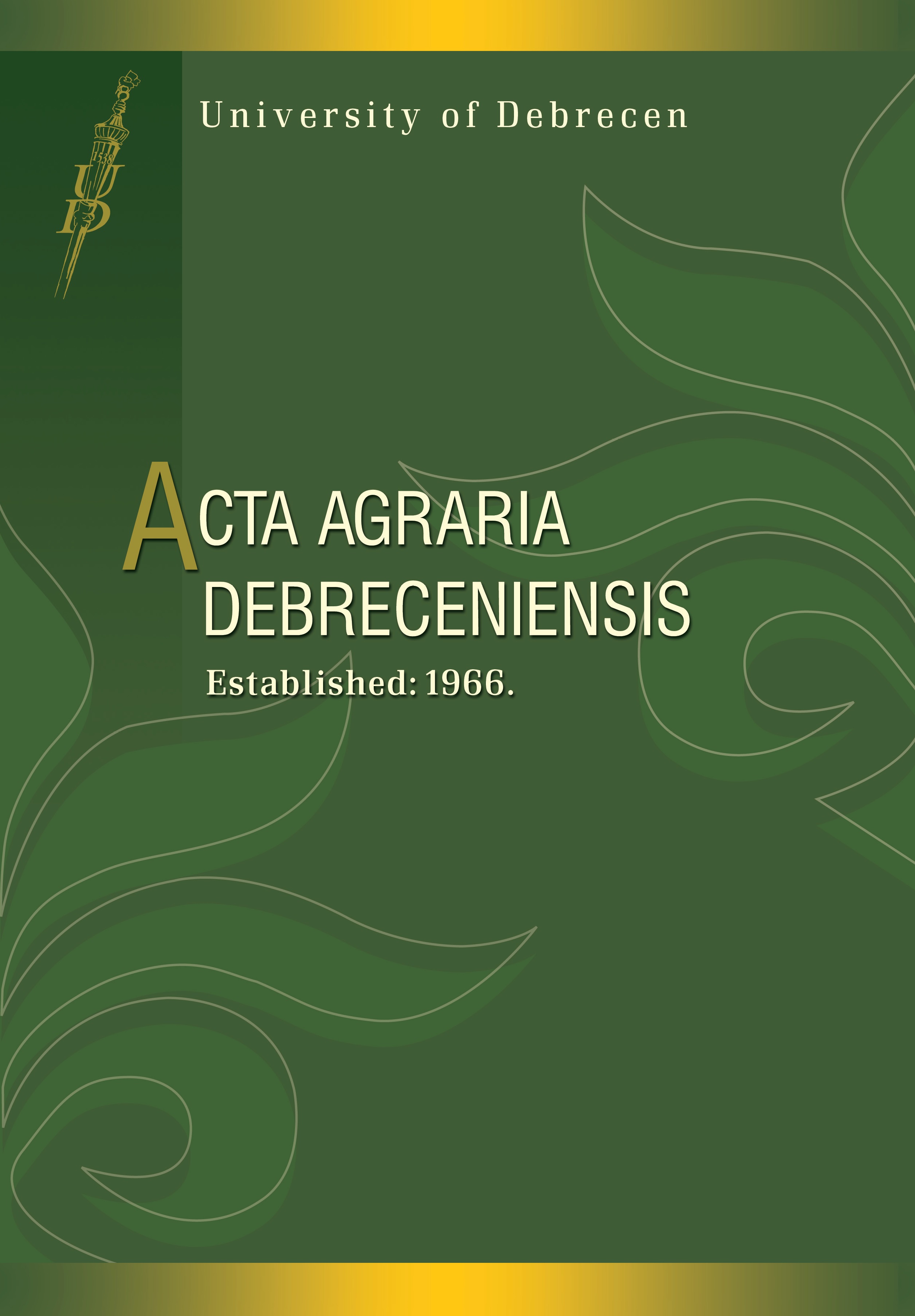Change of soil nitrogen content in a long term fertilization experiment
Authors
View
Keywords
How To Cite
Abstract
The most important aim of sustainable agriculture is to ensure our natural resources – such as soils – protection, which includes fertility preservation and the use of appropriate methods of cultivation.
If we want to get accurate information about the occurred changes, way and danger of changes, we should track the resupply and effect of the mineral nutrients and the removed quantity of nutrients with the harvest.
Nitrogen is an essential element for living organisms and it is present in the soil mainly in organic form. In general only a low percentage of the total nitrogen content can be used directly by plants in the soil. The mineral nitrogen is incorporate by plants into our bodies. This inorganic nitrogen is produced by the transformation of organic contents through mineralization processes and it gets into the soil by fertilization. This is how nitrogen turnover occurs when mineral forms become organic and organic forms become mineral.
The objective of this publication was to introduce – through some element s of nitrogen turnover- how changing the properties of soil in a long term fertilization experiment.
We established that the fertilization is influenced the soil pH. With the increase of fertilization levels increased the acidity of the soil, maybe it is related with the number of nitrification bacteria. The fertilization and the rotation affected to the quantity of nitrate.

 https://doi.org/10.34101/actaagrar/64/1860
https://doi.org/10.34101/actaagrar/64/1860